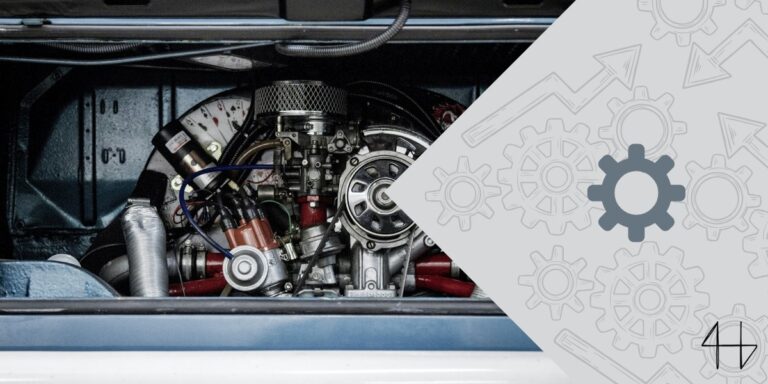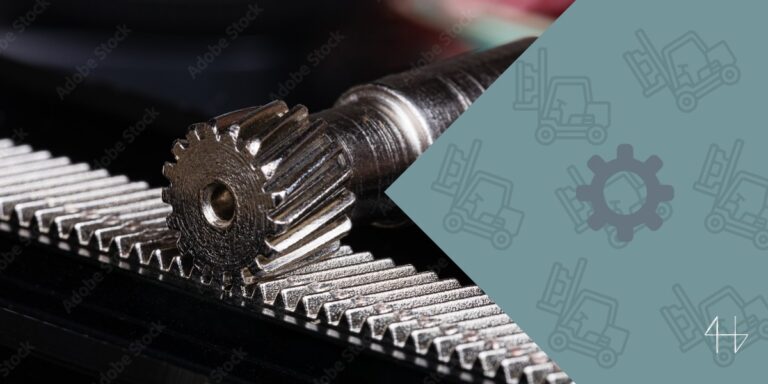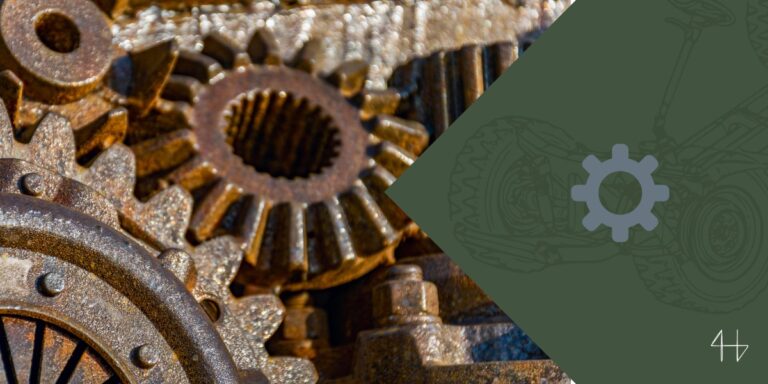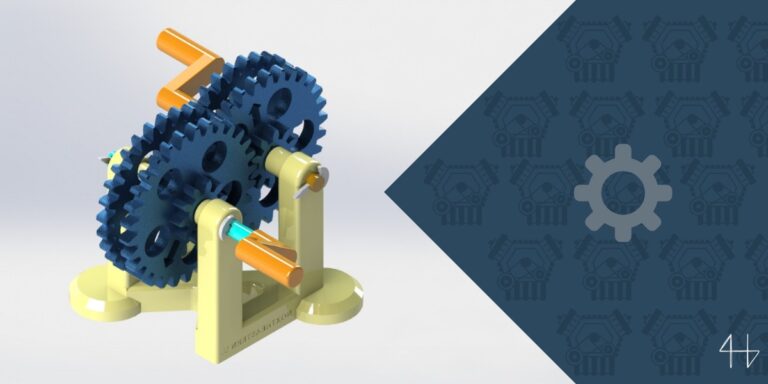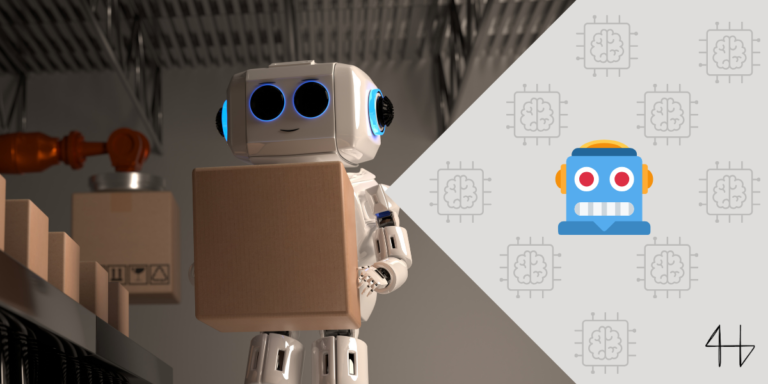Are you struggling to understand how gears and gear trains work? The intricate mechanisms can be overwhelming. Esspecially because there are many different types of gears and they all connect to gear trains in various ways.
This leaves many feeling stuck and confused. But have no fear, for I am here… to help you understand gears and gear trains.
Imagine you could master the concepts of gear and gear trains with just a few simple techniques.
What if you could easily comprehend how an input gear connects to an output gear, and how meshing gears interact within a system?
In this post, we’ll explore 3 practical ways to use gear and gear trains. By the end, you’ll have a clear grasp of these essential concepts, making your studies and projects much more manageable.
TLDR
- Understanding gears is essential for mechanical engineering.
- Gear ratios control speed and torque, which are vital for system efficiency.
- Practical uses: automotive transmissions, electric toothbrushes, clocks.
- Key factors: alignment, lubrication, maintenance.
- Hands-on projects reinforce learning and application.
What is a Gear Train?
A gear train is a mechanical arrangement of gears that transmit rotational motion and torque from one part of a machine or system to another.
Simply put, transmits mechanical power from point A to point B through rotating gears.
It consists of two or more gears meshed together, forming a series of interconnected rotating elements.
Gear trains are widely used in various applications, including automotive transmissions, industrial machinery, clock mechanisms, and regular household appliances like blenders and electric toothbrushes.
Why do I need to know this?
Understanding gear trains is crucial for any mechanical engineering.
Gear trains, which are usually made up of multiple gears such as spur gears, helical gears, and bevel gears, play a fundamental role in many mechanical systems.
Knowing how to design and implement gear trains into mechanical systems, allows you to control the speed, torque, and direction of motion for mechanical systems. This is a key skill for mechanical engineers to have – the manipulation of mechanical energy.
This skill is essential for creating efficient machines and solving complex engineering problems.
Mastery of gear trains can enhance your ability to innovate and improve mechanical systems in various applications, from automotive engineering to robotics to an ordinary electric toothbrush.
A quick introduction to gear ratios and mechanical advantage
Gear ratios and mechanical advantage are foundational concepts in mechanical engineering.
A gear ratio is determined by the number of gear teeth on the input gear compared to the output gear.
This overall gear ratio influences the speed and torque of the system. For instance, a higher gear ratio means the output gear will turn slower but with greater torque.
Understanding these principles is crucial for designing systems that efficiently transfer power and perform desired tasks. W
Whether you are working with simple machines or complex mechanical assemblies, mastering gear ratios and mechanical advantage will significantly enhance your engineering skills.
Why do I need to know the gear ratio?
Knowing the gear ratio is essential because it directly impacts how mechanical systems function.
In engineering, different gear ratios determine the relationship between the sizes of the number of teeth on the input and output gears.
For instance, higher gear ratios result in slower output speeds but greater torque, making them ideal for applications requiring strength over speed.
Understanding and calculating gear ratios allow engineers to optimize the performance of machines and mechanisms, ensuring they operate efficiently and effectively according to design specifications.
This knowledge is indispensable for designing everything from small precision instruments to large industrial machinery.
Practical Applications of Gears and Gear Trains
Gears and gear trains are not just theoretical concepts in mechanical engineering; they form the backbone of countless practical applications across various industries.
From the intricacies of epicyclic gear trains to the versatility of planetary gear trains and the efficiency of compound gear trains, these mechanisms are indispensable in modern technology.
Understanding their applications allows engineers to innovate and solve complex challenges in automotive transmissions, where gear trains optimize engine performance and efficiency.
In consumer electronics, such as electric toothbrushes, gears ensure smooth and effective operation. Even in everyday devices like clocks and watches, precise gear systems ensure accurate timekeeping.
Let’s explore some of these practical applications in detail to see how gears and gear trains contribute to technological advancement and everyday convenience.
Automotive Transitions
In automotive engineering, the seamless transition between different gears is vital for optimal vehicle performance.
This process involves the careful coordination of various components, including the output shaft, which transfers power from the engine to the wheels.
Automotive transmissions typically utilize simple gear trains with different helical gears to achieve smooth acceleration and efficient power distribution.
Understanding how these gears interact and the role they play in gear ratios allows engineers to design transmissions that maximize fuel efficiency, enhance driving comfort, and improve overall vehicle reliability.
By mastering the mechanics of automotive transitions, engineers can contribute to safer and more efficient vehicles on the road.
Electric Toothbrushes
Electric toothbrushes exemplify the ingenious application of gear technology in everyday devices.
Within these devices, bevel gears play a crucial role in transferring motion between perpendicular axes, ensuring efficient operation with minimal noise.
The speed ratio of these gear wheels is carefully designed to deliver optimal brushing performance while maintaining battery longevity.
By understanding how these gears work together and their precise engineering, mechanical engineers can contribute to advancements that enhance dental hygiene products, making them more effective and user-friendly.
This application underscores the versatility and practicality of gear systems beyond traditional industrial uses.
Clocks and Watches
Clocks and watches are intricate timekeeping devices that rely heavily on precise gear mechanisms.
Key components like pinion gears and spur gears are essential for their accurate operation.
Pinion gears, typically small and with fewer teeth, engage with larger driven gears to regulate the movement of clock hands or watch mechanisms.
This interaction determines the smoothness and accuracy of timekeeping. Engineers meticulously design these gear systems to ensure reliable performance over extended periods, reflecting both functional and aesthetic considerations.
By mastering the intricacies of gear arrangements in timepieces, engineers contribute to innovations that blend craftsmanship with technological precision, enhancing the reliability and appeal of these everyday essentials.
Key Considerations for Successfully Using Gear Trains
When working with gear trains, several key considerations ensure their successful application in mechanical systems.
Understanding the relationship between the input and output shafts is fundamental, as it dictates how power and motion are transmitted through the system.
Engineers must carefully calculate the rotational speed of each component to achieve desired performance outcomes.
Additionally, the interaction between one gear and another within the train must be precisely engineered to minimize friction and ensure efficiency.
By addressing these factors, engineers optimize gear train designs for various applications, from industrial machinery to consumer electronics, ensuring reliability and longevity in operation.
Practical Projects for Practice
Hand-cranked Mechanical Toy:
Design and build a simple mechanical toy that operates with a hand crank.
Use gears to transfer the rotational motion from the crank to various moving parts (such as rotating arms or wheels).
Experiment with different gear ratios to control the speed and movement of the toy.
Desk Clock or Timepiece
Create a custom desk clock or timepiece using gears to drive the movement of the clock’s hands.
Use a suitable gear train to transfer the rotational movement from a small motor or a hand-cranked mechanism to the clock hands.
Experiment with different gear ratios to ensure accurate timekeeping.
Automated Rotating Display Stand:
Construct a rotating display stand that automatically rotates objects placed on it. Use gears to transfer the rotational motion from a small DC motor to the rotating platform.
Experiment with gear ratios to achieve the desired rotation speed and torque.
Optionally, incorporate a switch or sensor to control the rotation direction or speed.
Final thoughts
In “3 Ways to Use Gear and Gear Trains for Beginners,” mechanical engineers are introduced to the fundamental concepts and practical applications of gears and gear trains.
Covering essential topics such as gear ratios, mechanical advantage, and the diverse applications in automotive transitions, electric toothbrushes, and timepieces like clocks and watches, this post emphasizes the importance of understanding gear systems for engineering innovation.
The article also highlights key considerations for successful gear train applications, underscoring the need for precise engineering in achieving optimal performance across various mechanical systems.
Additionally, practical projects are suggested to reinforce learning through hands-on application, enhancing comprehension and skill development in mechanical engineering.
FAQs

What are the 4 types of gear trains?
There are four main types of gear trains commonly used in mechanical systems: simple gear train, compound gear train, reverted gear train, and planetary gear train.
Each type offers unique advantages depending on specific application requirements and design complexities.
What is the difference between a gearbox and a gear train?
A gearbox typically refers to a single enclosed unit that houses multiple gears to change speed and torque.
In contrast, a gear train consists of interconnected gears that transmit motion between shafts or components within a system.
How many gears make up a gear train?
A gear train is made up of 2 or more gears connected together.

